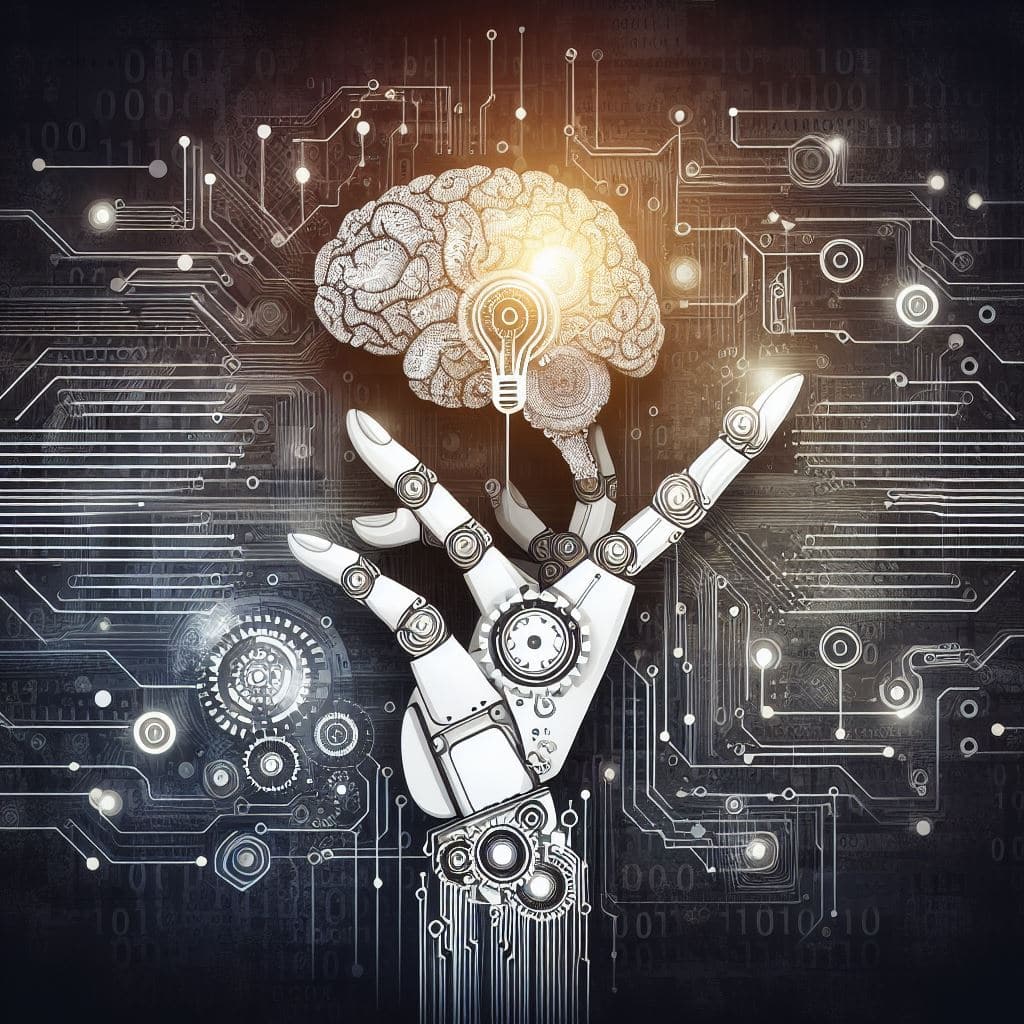
The limitless uses of AI
C.J. Eldridge, News and Features Editor
‘AI chatbots are revolutionizing the way students access support and enhance their learning experience. Read along to discover how these virtual assistants are becoming invaluable resources for education in the digital age.’
Did you catch that? That lead was not written by a person, but it read like it was. This barely scratches the surface of AI’s capabilities in the classroom and outside of it.
Some students may be quick to use AI in dishonest ways, like using it to write their papers, but it can do so much more. It’s an around-the-clock tutor, helping with any class or assignment; it can create flashcards; it can even take up the personality of a philosopher and join in on an ethics class–as Martin Jones has used it for.
Jones, a business professor at NGU, has followed AI’s progression since programs like ChatGPT first emerged. Through independent research, he became familiar enough with how it works to teach other faculty about it. He keeps up with its progression daily.
He believes education needs to change with the ever-evolving technology. Everything is now done in class for his classes. However, he does not see AI as the enemy to education–he sees it as the future. He even encourages his students to use artificial intelligence.
Jones said, “I am convinced that our future is hybrid–h-AI-brid–this seamless integration of human agency and artificial intelligence in higher education.”
This could look like an interactive board where a professor not only uses a slideshow but can then use a voice prompt to bring in a chatbot to expand an illustration, respond to a student’s question or pull up a video. We may even go down the route of using virtual reality in the classroom, Jones explained.
“One of my favorite platforms is Bing because it sees, it hears, it speaks,” he said. “It’s what they call a multimodal form of artificial intelligence.”
Multimodal AI can use video, audio, text, speech, images and more to assist people. Students can show it a picture of a math equation, and it will solve it. It can show the process it went through to solve it and then teach how to do so.
It can be used as a debate partner to prepare for a speech class. You can ask it to simplify even the most difficult concepts so that a sixth grader can understand. Show AI the cover of a book and ask it to summarize the story, and in seconds, your question will be answered.
AI can craft a series of sermons on a book of the Bible. It can make lesson plans for teachers of all grade levels and subjects.
Programs like Midjourney are able to create images in any art style out of whatever prompt you give it. Even Photoshop has implemented its own “generative AI” editing option. Just to give you an example of AI’s capabilities, the cover image for this article was generated by one.
The only limit to AI is the person using it.
Jones is currently using Claude for his main AI bot. It is an internet live chatbot, meaning it has access to everything on the internet as it is put there; it is also one of the few you can upload files to. Other AIs are held back by certain dates.
Getting the most out of AI can seem complicated at first. It may be best to start with a simple chatbot like ChatGPT to get the hang of it and move up from there.
Feature photo generated by AI.
